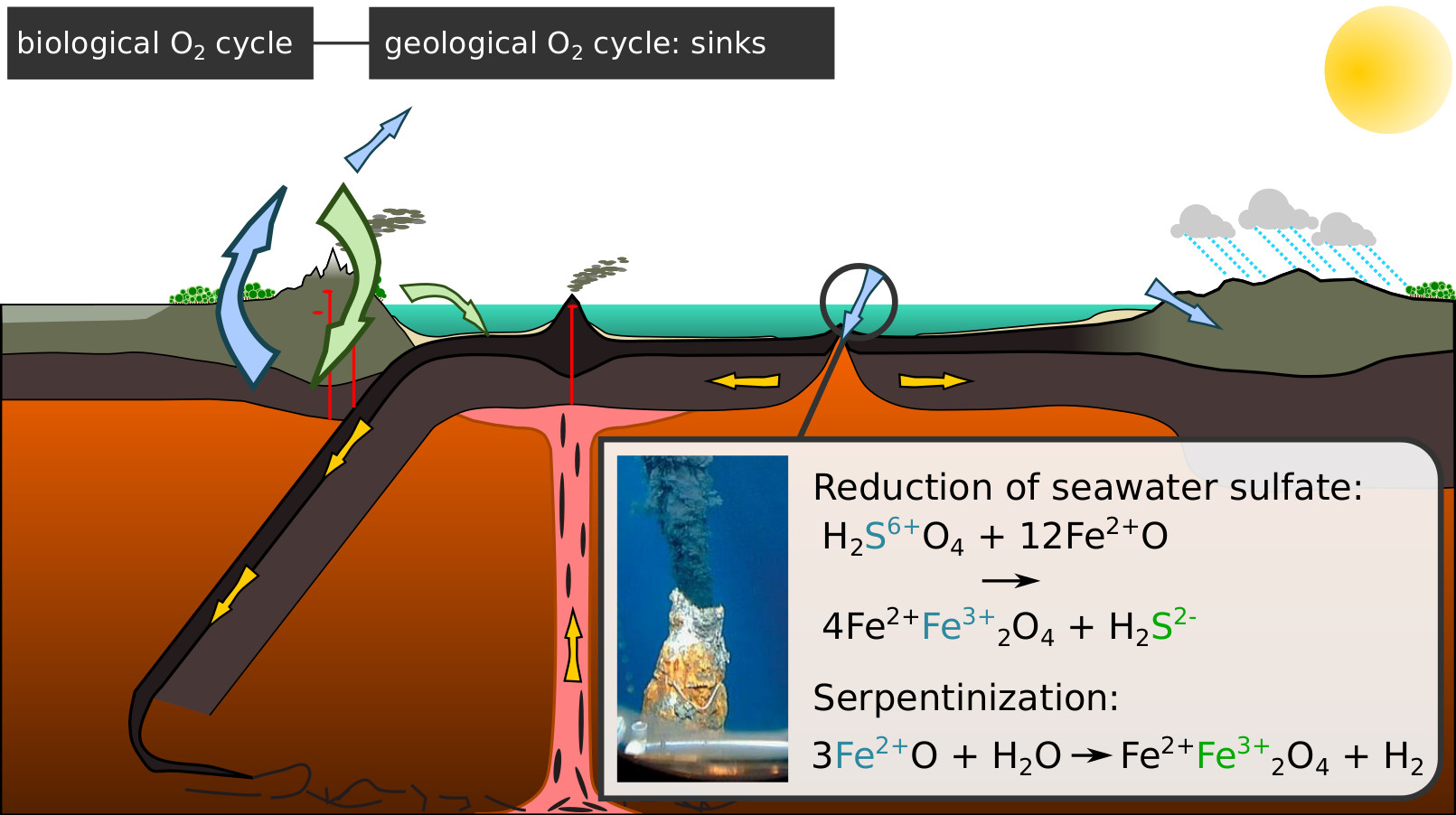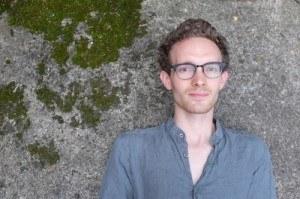Biography
I presently hold a joint position between the Institute of Astronomy and Department of Earth Sciences at the University of Cambridge. I have recently returned here from The Devision of Geological and Planetary Sciences, Caltech where I was the Geology Option Postdoctoral Research Fellow. I study the chemical and dynamic processes occurring in planetary interiors and crusts through a combination of fieldwork, geochemical analysis and modelling.
I have spent much of my academic life at The University of Cambridge, first as an undergraduate on the Natural Sciences Tripos, then as a PhD student in the Department of Earth Sciences and then as a Junior Research Fellow at Trinity College. In addition to Caltech, during my postdoc I have also travelled to Japan as a JSPS postdoctoral fellow, working with colleagues in the Institute for the Study of the Earth's Interior.
Research
Extrasolar planets
With the first identification of rocky planets orbiting stars other than our own (exoplanets), the potential to apply and refine geological knowledge has moved to a new frontier. This is possible because of a revolution in astronomical observations, which to date have identified up to four thousand exoplanets and transformed our understanding of planetary abundances and types. The spectrum of geological diversity has now been expanded to include at one extreme partially molten ‘lava planets’ heated to thousands of kelvin by their host star, and at the other extreme ocean planets with silicate cores enveloped in oceans more than 100 km thick. Despite the alien nature of many of these new worlds, the key result from this burgeoning field is that terrestrial planets are the most abundant, with ~11% of sun-like stars hosting planets similar in their size and radiation budget to the Earth. Understanding the composition, structure, abiotic chemical cycles, and ultimately the habitability of these bodies is a geological exercise and forms a key part of my current research interests.
Assembling the geological and astronomical observations to constrain the potential habitability of distant planets is a challenging exercise and requires diverse collaboration across the geological, biological, and astronomical sciences. Holding a joint position between the Institute of Astronomy and Department of Earth Sciences forms an important link between two of these communities.
Questions we are working on:
- What archives of extra solar chemistry can we access that constrain planetary formation, structure, and evolution?
- How important is volcanism on rocky extrasolar planets?
- Can we observe volatile cycling on lava ocean planets?
Geochemical cycling
Geochemical transport between the deep-Earth and surface environment couples mantle composition to the evolution of the oceans and atmosphere. Volatile elements such as water, carbon and sulfur are a key part of this process, exerting a strong feedback on solid Earth dynamics through their effect on mantle rheology, as well as being a major component of the chemical cycles that sustain life. A majority of Earth’s water and carbon is thought to reside in its vast silicate mantle, making the processes that sequester, mobilise and transport volatiles from the mantle critical in setting the long-term mass of the hydrosphere. A detailed history of volatile element cycling through the solid Earth is preserved today in the heterogeneous mantle sampled by mid-ocean ridge and ocean island volcanism. However, understanding the mantle melting process presents a major challenge in decrypting this record and what it means for the storage and transport of mantle volatiles.
Key questions we are currently working on:
- How does melting and melt transport influence basalt chemistry?
- What is the volatile element signature of recycled seafloor?
- How important is hydrothermal circulation in transferring bioessential elements from the solid Earth to the oceans?
- What does a mafic-dominated carbon cycle look like?


